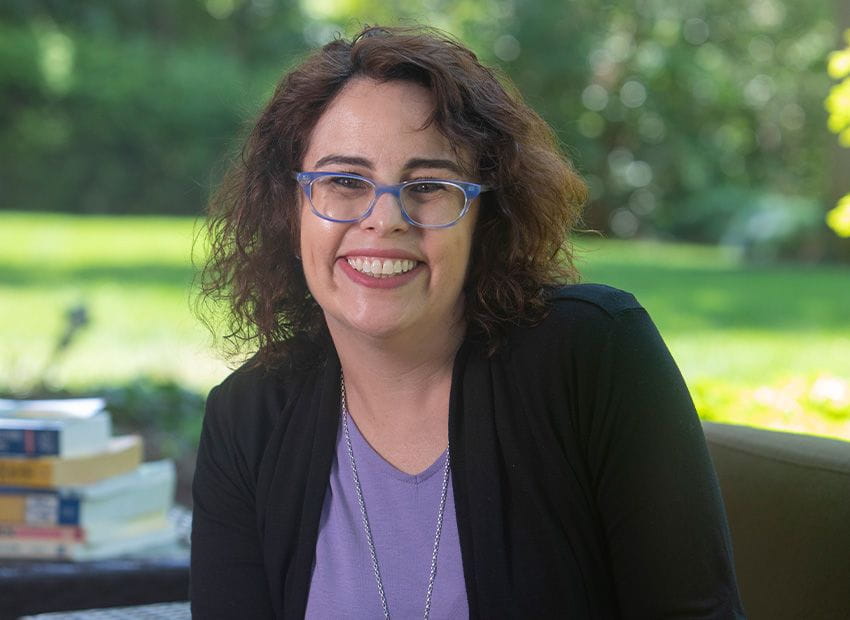Women’s College Consortiums: The Best of Both Worlds?
When I recommend a women’s college to my female-identified students, occasionally the response is a joyful, “Yes, I was thinking about…” Sometimes, the response is more measured: “Um, okay, maybe? I hadn’t really considered a ‘girls’ school.’” And finally, and perhaps most frequently, I am greeted with an abject look of horror in response and some version of, “I don’t want to go somewhere without guys!” Well, I have good news for you, all of you in fact, as I have never had a single response of “Excellent, I choose not to ever see another male person ever again!” You can attend a women’s college and still socialize and go to class with…males.
Aside from simply being located in the general, co-ed, larger world, most, if not all women’s colleges offer reciprocal arrangements with co-ed schools or organizations. Many have co-educational graduate programs. Finally, there are several that take part in consortiums with other colleges: opportunities for you to study at a different type of institution all together, while still being enrolled in an environment that empowers women, where all leadership roles are held by women, and where women are the ones raising their hands.
The first one that comes to mind is Barnard College in New York City. It is the only one of the Seven Sisters that is also an independent affiliate of a larger, co-educational institution, Columbia University. In addition to taking classes at Columbia, Barnard women can avail themselves of programs with the Juilliard School of Music, the Manhattan School of Music, and the Jewish Theological Seminary. Wellesley College, Barnard’s New England neighbor, has reciprocity with the Massachusetts Institute of Technology. My Wellesley friends and I took advantage of this and lived in an MIT fraternity house the summer before junior year. Wellesley also has collaborative relationships with nearby Babson, Brandeis, and Olin, and, as part of the Twelve College Exchange Program, women from Wellesley, Smith, and Mt. Holyoke can spend a year or a semester at Amherst, Bowdoin, Connecticut College, Dartmouth, Trinity, Vassar, Wesleyan, or Wheaton.
Smith College and Mt. Holyoke College students are part of the famous Five College Consortium, which supports the robust intellectual and social life of students in Massachusetts’ Pioneer Valley, and students can elect courses at Amherst, Hampshire, and the University of Massachusetts Amherst. This is similar to the seven-college Claremont Consortium on the West Coast. Women from Scripps College can study and socialize at Claremont McKenna, Harvey Mudd, Pitzer, and Pomona, along with two co-educational graduate schools, Claremont Graduate University and Keck Graduate Institute.
The colleges I’ve identified are just some examples; numerous others abound. For example, Bryn Mawr College students can take classes at neighboring Haverford and Swarthmore. Spelman College allows students to partake in a robust domestic exchange program that includes 32 different colleges across the country. Simmons University students can cross-register at the Colleges of the Fenway, which includes Emmanuel College, Massachusetts College of Art and Design, Massachusetts College of Pharmacy and Health Sciences, and Wentworth Institute of Technology.
If you identify as a woman and are choosing a college, know that the options for co-educational study at women’s colleges are likely more numerous than you might think. In fact, they are nearly as limitless, strong, and diverse as the women who take advantage of them.






